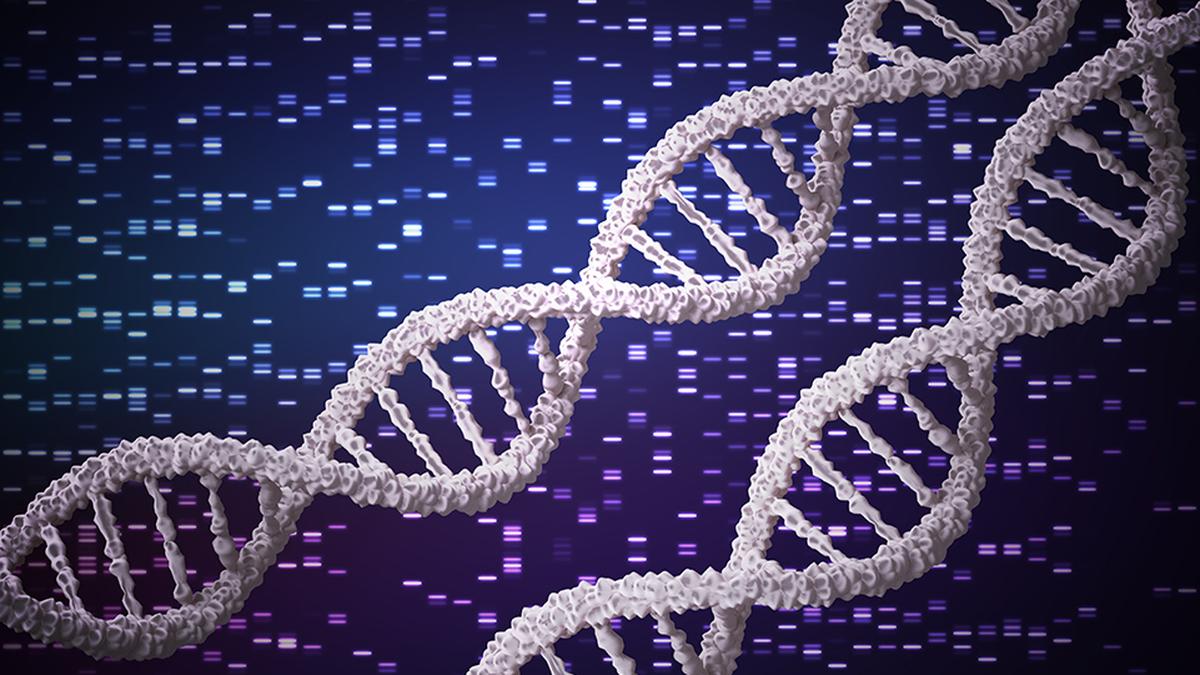PyPIM platform

- 09 Nov 2024
In News:
Israeli researchers from the Israel Institute of Technology have developed the PyPIM platform, which allows computers to process data directly in memory, eliminating the need for a central processing unit (CPU). This breakthrough aims to address key challenges in modern computing, particularly in terms of energy consumption and processing efficiency.
Key Features of the PyPIM Platform:
- Integration with Python and PIM Technology:
- The PyPIM platform merges Python programming with digital processing-in-memory (PIM) technology, facilitating in-memory computing where computations occur directly within memory instead of transferring data to and from the CPU.
- Functionality and Innovations:
- Direct In-Memory Computations: PyPIM uses specialized instructions that enable computations to take place directly in memory, reducing the need for data movement between the CPU and memory.
- Developer-Friendly: It allows developers to use familiar languages like Python to write software for in-memory computing systems.
- Solving the "Memory Wall" Issue:
- The platform addresses the memory wall problem, where the speed of the CPU and memory exceeds the data transfer rates, creating bottlenecks that lead to inefficiencies.
- By performing calculations directly in memory, PyPIM reduces time and energy spent on data transfer, optimizing performance.
- Performance Improvements:
- Energy and Time Efficiency: By minimizing energy-intensive data transfers, PyPIM leads to significant energy and time savings.
- Simulation Tools: The platform includes tools that allow developers to simulate potential performance improvements from in-memory processing.
- Real-World Benefits:
- Faster Processing: Tasks performed using PyPIM have demonstrated faster processing speeds, with minimal code changes, particularly in mathematical and algorithmic tasks.
- The platform delivers a significant performance boost in areas like data analysis and algorithmic operations.
The PyPIM platform marks a pivotal advancement in computing architecture, providing a more energy-efficient and faster alternative to traditional CPU-dependent systems by reducing reliance on external memory processing and cutting down on data transfer delays.
RNA Editing

- 09 Nov 2024
In News:
Wave Life Sciences became the first biotechnology company to treat a genetic condition by editing RNA at the clinical level.
- What is RNA Editing?
- Definition: RNA editing is the modification of messenger RNA (mRNA) after it’s synthesized from DNA but before it is translated into proteins.
- Process: mRNA consists of exons (coding regions) and introns (non-coding regions). Exons code for proteins, while introns are removed before protein synthesis.
- Types of RNA Modifications:
- Addition: Insertion of a nucleotide.
- Deletion: Removal of a nucleotide.
- Substitution: Replacement of one nucleotide with another.
- Mechanism of RNA Editing:
- Involves Adenosine Deaminase Acting on RNA (ADAR) enzymes.
- ADAR enzymes modify adenosine to inosine, which is recognized as guanosine, allowing mRNA to be corrected.
- Guide RNA (gRNA) directs ADAR enzymes to the specific mRNA region for editing.
- Clinical Use of RNA Editing:
- Wave Life Sciences used RNA editing to treat α-1 antitrypsin deficiency (AATD), a genetic disorder.
- Other potential applications include treating diseases such as Huntington’s disease, Duchenne muscular dystrophy, Parkinson’s disease, obesity, and neurological disorders.
- Challenges in RNA Editing:
- Temporary Effects: RNA editing provides temporary changes, requiring repeated treatments for sustained effects.
- Delivery Issues: Current delivery methods, like lipid nanoparticles and adeno-associated virus vectors, have limitations in carrying large molecules.
- Specificity: ADARs may cause unintended changes in non-target regions of mRNA, leading to potential side effects.
- Comparison: RNA Editing vs. DNA Editing:
- Safety: RNA editing causes temporary changes and presents fewer risks than DNA editing, which makes permanent alterations to the genome.
- Immune Response: RNA editing uses enzymes naturally found in the body (ADAR), which reduces the risk of immune reactions, unlike DNA editing tools like CRISPR-Cas9 that can trigger immune responses.
- Significance of RNA:
- Structure: RNA is a nucleic acid, similar to DNA but typically single-stranded. It consists of a backbone of ribose sugars and phosphate groups, with bases adenine (A), uracil (U), cytosine (C), and guanine (G).
- Types of RNA:
- Messenger RNA (mRNA): Carries genetic information from DNA to ribosomes for protein synthesis.
- Ribosomal RNA (rRNA): Forms the core of the ribosome and catalyzes protein synthesis.
- Transfer RNA (tRNA): Transfers amino acids to ribosomes during protein synthesis.
- Regulatory RNAs: Regulate gene expression.
- α-1 Antitrypsin Deficiency (AATD):
- A genetic disorder where the protein α-1 antitrypsin accumulates in the liver, damaging both the liver and lungs.
- Treatments include weekly intravenous therapy or, in severe cases, liver transplants.
- RNA editing offers a potential new treatment approach.
- Global Impact:
- RNA editing is still in its early stages but shows promise for treating a wide range of genetic and chronic conditions.
- Ongoing research and clinical trials suggest RNA editing could become a key part of future gene-editing therapies.
